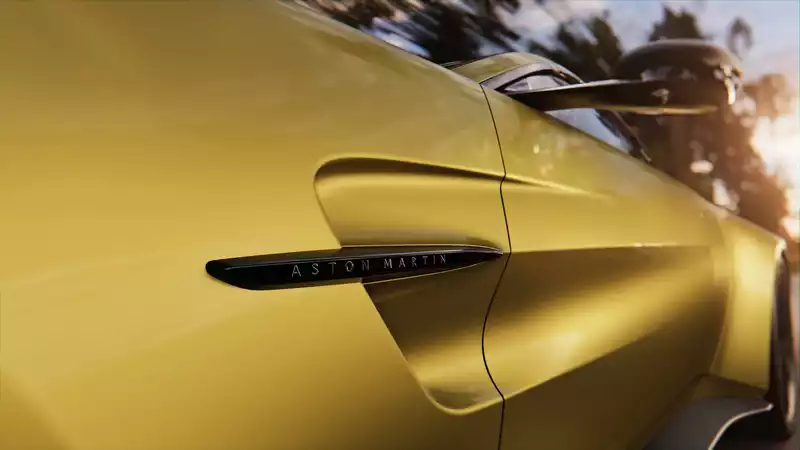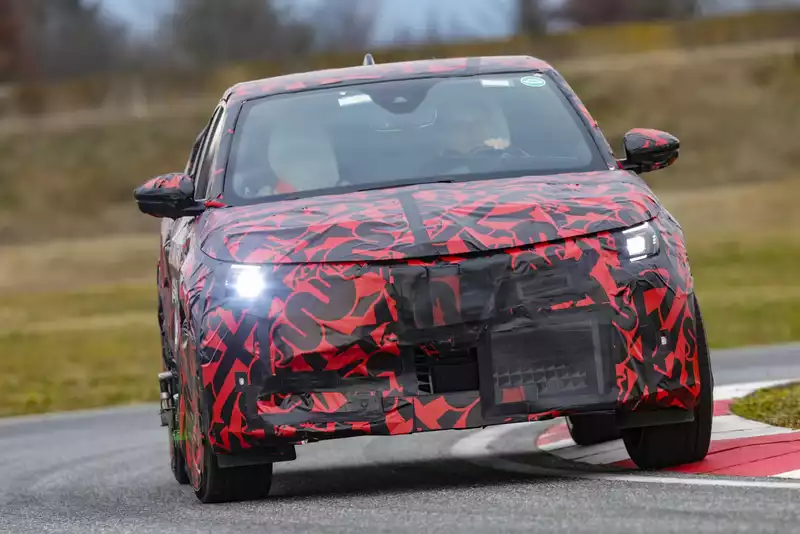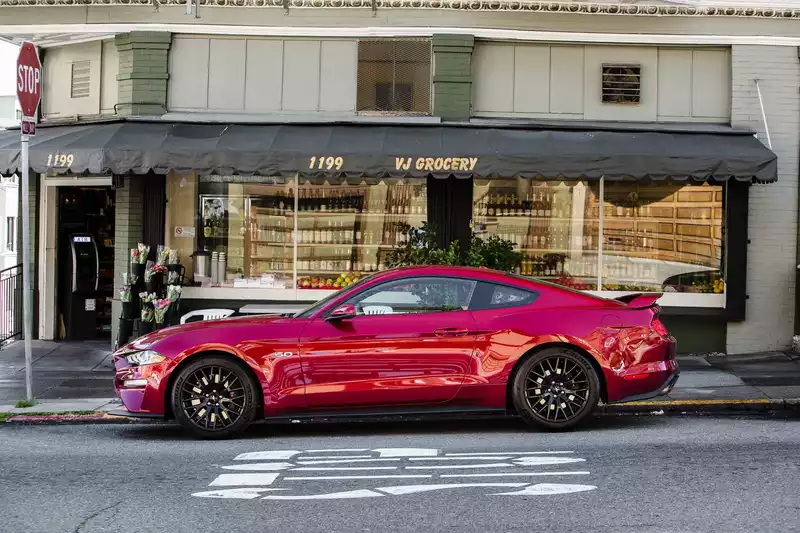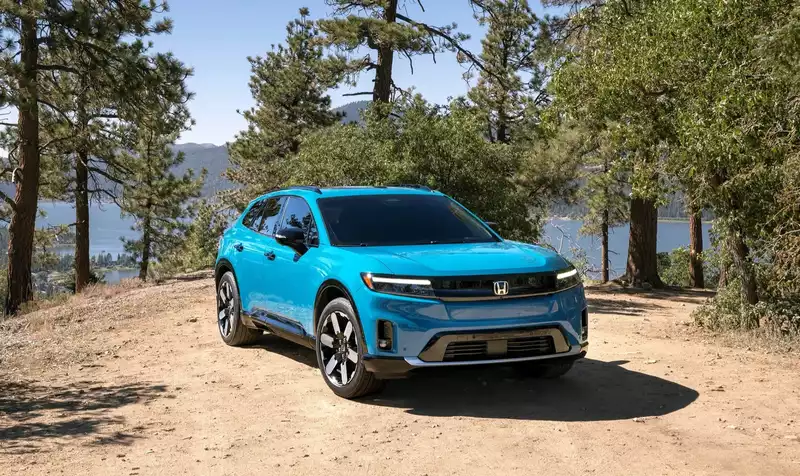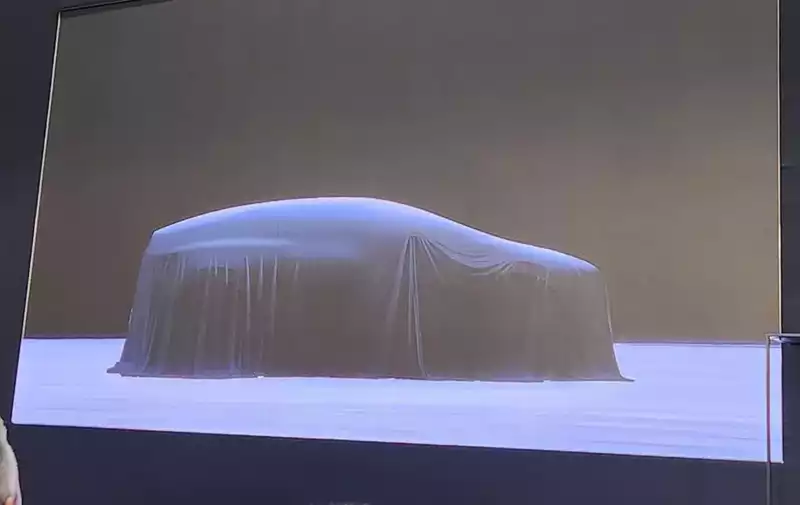What is one-pedal driving of electric vehicles?
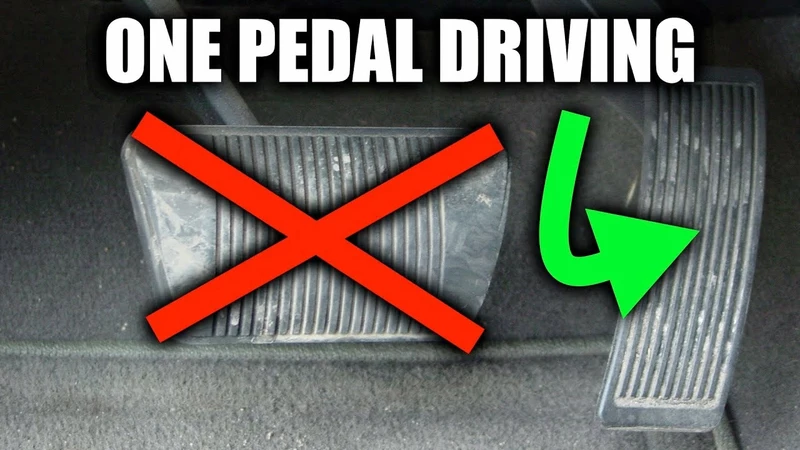
For those who drive cars with traditional internal combustion engines, there is no such thing as "one-pedal" driving. For those who have driven plug-in hybrids or pure battery electric vehicles, this is a unique advantage.
To explain what one-pedal driving is, Jason Fenske of Engineering Explained presents an episode dedicated to this feature. In the video, Fenske drives a Nissan LEAF to show how this system works. But this is not just for the Leaf. Plug-in hybrids like the Tesla, Chevrolet Bolt EV, and the now-defunct Chevrolet Volt also have some level of functionality.
Essentially, one-pedal driving is exactly what it sounds like. The driver does not have to step on the brake to bring the car to a stop. In an electric car or a car with an electric motor, the powertrain demands electricity from the motor to propel the car forward and accelerate it. However, the opposite can be done at a stop. The car uses kinetic energy, converts it into electricity, and slows down in the process. All the while, the recovered electrons are returned to the battery. This is called regenerative braking.
At the same time, this process allows the car to come to a complete stop with the help of hydraulic brakes. In the case of the Nissan LEAF, the car can come to a complete stop in "e-Pedal" mode. When the car comes to a complete stop, the hydraulic brakes are activated to immobilize the car. But this is not the case, for example, with the Chevrolet Volt long-range electric vehicle. The driver must stop with his or her foot on the brake pedal, which does not allow for true one-pedal driving.
If the driver needs to make an emergency stop, the brake pedal functions as normal, locking the hydraulic brakes to stop if necessary. The brake light also functions in one-pedal driving to let drivers of following vehicles know that they are slowing down.
Dive into the world of one-pedal driving in the video above.

